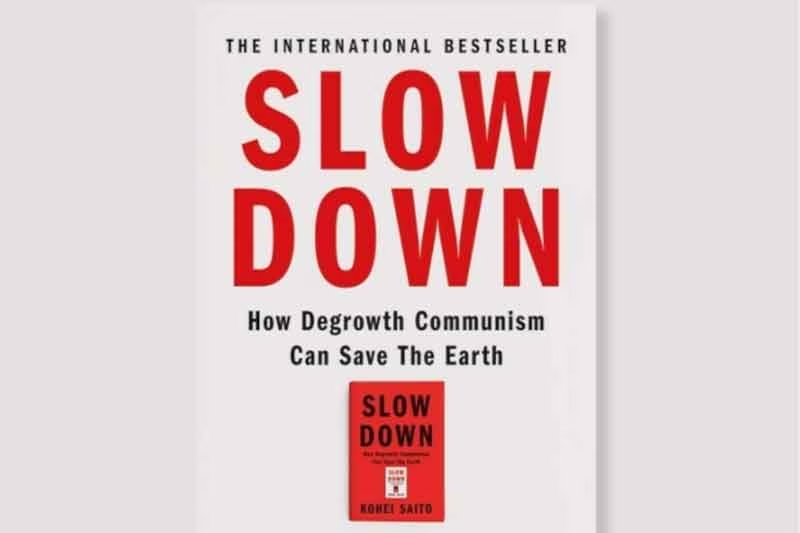
The Sumerian civilisation, one of the earliest known societies, had sophisticated systems of lending, borrowing, credit, and debt. These systems were based on mutual trust and social currency, allowing individuals to engage in economic transactions without the need for physical money or barter. Instead, social bonds and communal trust underpinned these interactions, facilitating trade and the distribution of resources. This foundation of trust was crucial for the development of early markets and the overall growth of human civilisation. Social currency operated on the principle that individuals could rely on each other within their communities, creating a network of reciprocal obligations and support. These informal financial systems were essential for maintaining social cohesion and enabling economic activities.
As human societies evolved, the rise of feudalism and capitalism introduced significant changes to these trust-based systems. Economic relationships that were once informal and personal became formalised, legalised and institutionalised. The establishment of legal frameworks and banking institutions standardised lending and borrowing practices, providing a more structured and reliable system for managing credit and debt. This formalisation helped to support larger-scale economic activities and fostered the growth of global trade. In the modern era, technological advancements and the digital revolution are once again transforming the landscape of lending and borrowing. The development of peer-to-peer (P2P) lending platforms represents a significant shift in how financial transactions are conducted. The history of lending and borrowing reveals a continuous evolution from informal, trust-based systems to formalised, institutionalised practices, and now to digitally enabled P2P platforms.
The advent of digital revolution has played a pivotal role in the expansion of peer-to-peer (P2P) lending. As a result of technological innovations and the growth of platform economy, the P2P lending market has experienced substantial growth over the past decade. Analysts predict that this trend will continue, with the volume of P2P lending expected to reach an astounding one trillion U.S. dollars by 2050. Online platforms and digital tools have streamlined the lending process, offering greater accessibility, convenience, and efficiency. These platforms use sophisticated algorithms to match lenders with borrowers, assess creditworthiness, and manage transactions, thereby reducing the time and costs associated with traditional lending methods. It is argued that the digital revolution has not only expanded the reach and capabilities of P2P lending but has also positioned it as a major player in the future of global finance.
The proponents of capitalism often assert that it fosters innovation. The priest of finance capital claims that P2P lending represents a groundbreaking idea within finance capital that addresses the institutional lending crisis by creating online marketplace platforms. These platforms enable lenders to directly lend money to individuals or small businesses, bypassing traditional financial institutions. The P2P lending solves of the institutional lending crisis by developing online marketplace platforms. It is argued further that P2P lending promotes alternative financing methods. By eliminating the need for traditional financial institutions in the lending process, P2P platforms not only provide more accessible funding options for borrowers but also offer attractive investment opportunities for lenders. This innovative approach helps to democratise finance, making it more inclusive and efficient.
Peer-to-peer lending, commonly branded to as “social lending” or “crowd lending,” is often categorized under the umbrella of the “sharing economy” for the sake of mass appeal. This designation suggests a system where resources are shared among individuals, fostering a sense of community and collective benefit. However, the actual mechanics of P2P lending diverge significantly from these idealist claims.
In practice, P2P lending involves individuals or businesses borrowing money directly from other individuals through online platforms, bypassing traditional financial institutions. While this might seem to align with the principles of a sharing economy—where goods and services are distributed among a community—P2P lending lacks the communal and altruistic aspects typically associated with such economies. The primary motivation behind P2P lending is financial gain rather than social good. Lenders participate to earn interest on their money, and borrowers seek loans often because they can obtain more favourable terms than those offered by traditional banks. This transactional nature emphasises profit over community welfare, contrasting sharply with the sharing economy’s ethos of mutual benefit and resource sharing.
Moreover, the risk involved in P2P lending is borne individually by the lenders, who may face significant financial loss if borrowers default on their loans. This individual risk further underscores the lack of collective support and communal risk-sharing that would be present in a true sharing economy model. P2P lending is marketed under the appealing labels of “social lending” and “crowd lending” and is positioned within the sharing economy framework, its operational realities reveal a system that is fundamentally profit-driven and individualistic, lacking the community-oriented principles that define a genuine sharing economy.
There is no doubt that the (P2P) lending and borrowing system fundamentally transforms traditional financial interactions. Unlike conventional banking, which relies heavily on institutional trust and regulatory frameworks, P2P platforms leverage personal trust and social networks to facilitate financial transactions. This shift allows individuals to directly lend and borrow money from each other without intermediaries, thus monetising the informal processes that have historically existed in many communities. By commodifying these social foundations, P2P lending alters the dynamics of economic interactions. It turns personal relationships and trust into marketable assets, creating new opportunities for individuals who might be underserved by traditional banking systems. However, it also introduces new risks and challenges, as the absence of formal regulatory oversight can lead to issues related to trustworthiness, repayment, and legal recourse.
Subscribe to Our Newsletter
Get the latest CounterCurrents updates delivered straight to your inbox.
Despite its innovative approach, P2P lending should not be seen as a replacement for the cooperative banking system. Cooperative banks are member-owned financial institutions that operate based on principles of shared ownership and democratic decision-making. They are designed to serve the financial needs of their members, often focusing on community development and social goals alongside profitability. In contrast, P2P platforms are primarily market-driven and profit-oriented, focusing on facilitating transactions between individual lenders and borrowers.
In conclusion, it can be said that while P2P lending provides an intriguing alternative to traditional banking by leveraging social trust and personal networks, it does not fulfil the same role as cooperative banks. P2P lending and borrowing systems are not sustainable alternatives like cooperative banking system.
Bhabani Shankar Nayak is a political commentator












































